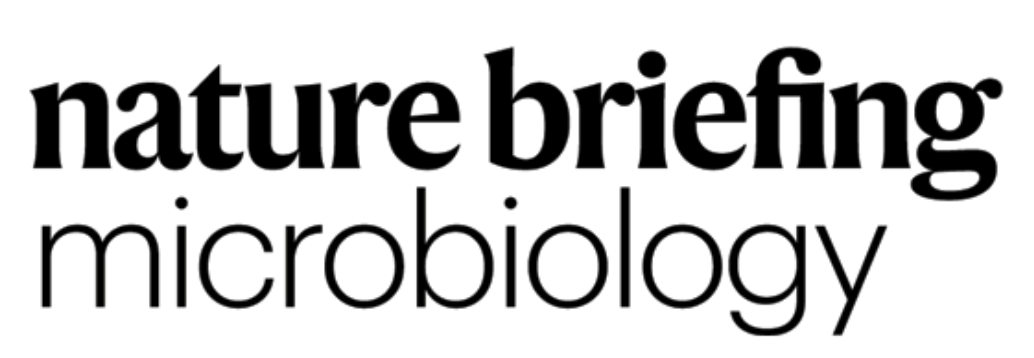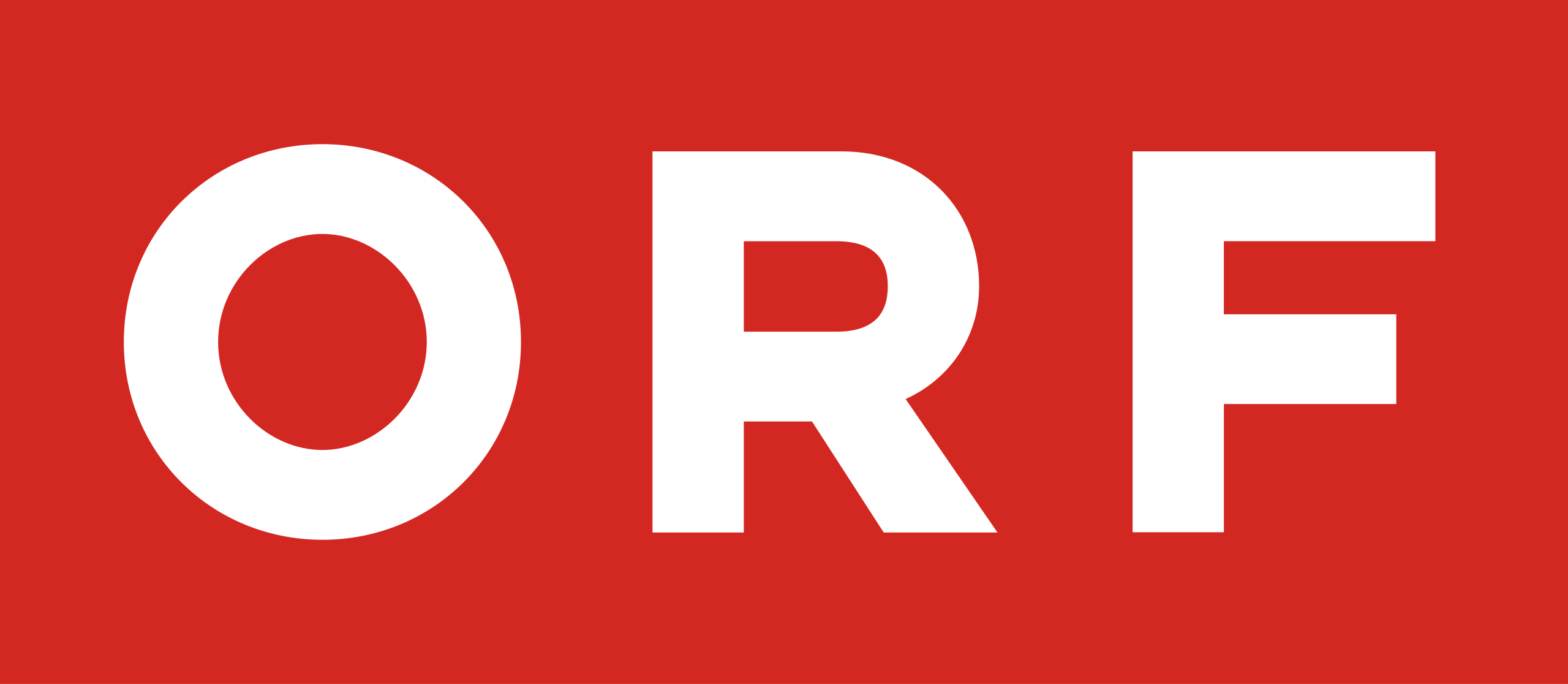Publication
The eco-epidemiology of zoonoses is often oversimplified to host-pathogen interactions while findings derived from global datasets are rarely directly transferable to smaller-scale contexts.
Here, we compile and comprehensively analyse a dataset of zoonotic interactions in Austria, spanning 1975-2022. We introduce the concept of zoonotic web to describe the relationships between zoonotic agents, their hosts, vectors, food, and environmental sources. Within the network of zoonotic agent sharing, the most influential zoonotic sources are human, cattle, chicken, and some meat products.
Analysis of the One Health cliques confirms the increased probability of zoonotic spillover at human-cattle and human-food interfaces. We characterise six communities of zoonotic agent sharing, which assembly patterns are likely driven by highly connected infectious agents in the zoonotic web, proximity to human, and anthropogenic activities.
Additionally, we report a frequency of emerging zoonotic diseases in Austria of one every six years. Our flexible network-based approach offers valuable insights into zoonotic transmission chains, facilitating the development of locally-relevant One Health strategies against zoonoses.
A. Desvars-Larrive, A. Vogl, G. Puspitarani, L. Yang, A. Joachim, A. Kaesbohrer, A One Health framework for exploring the zoonotic web: a case study, Nature Communications 15 (2024) 5650.
Related
Explore Austria’s zoonotic interactions with an interactive visualization, introducing the ‘zoonotic web’ concept to describe animal-human-environment relationships.




Signup
| Cookie | Duration | Description |
|---|---|---|
| cookielawinfo-checkbox-analytics | 1 year | Set by the GDPR Cookie Consent plugin, this cookie records the user consent for the cookies in the "Analytics" category. |
| cookielawinfo-checkbox-functional | 1 year | The GDPR Cookie Consent plugin sets the cookie to record the user consent for the cookies in the category "Functional". |
| cookielawinfo-checkbox-necessary | 1 year | Set by the GDPR Cookie Consent plugin, this cookie records the user consent for the cookies in the "Necessary" category. |
| CookieLawInfoConsent | 1 year | CookieYes sets this cookie to record the default button state of the corresponding category and the status of CCPA. It works only in coordination with the primary cookie. |
| PHPSESSID | session | This cookie is native to PHP applications. The cookie stores and identifies a user's unique session ID to manage user sessions on the website. The cookie is a session cookie and will be deleted when all the browser windows are closed. |
| viewed_cookie_policy | 1 year | The GDPR Cookie Consent plugin sets the cookie to store whether or not the user has consented to use cookies. It does not store any personal data. |
| Cookie | Duration | Description |
|---|---|---|
| mec_cart | 1 month | Provides functionality for our ticket shop |
| VISITOR_INFO1_LIVE | 6 months | YouTube sets this cookie to measure bandwidth, determining whether the user gets the new or old player interface. |
| VISITOR_PRIVACY_METADATA | 6 months | YouTube sets this cookie to store the user's cookie consent state for the current domain. |
| YSC | session | Youtube sets this cookie to track the views of embedded videos on Youtube pages. |
| yt-remote-connected-devices | never | YouTube sets this cookie to store the user's video preferences using embedded YouTube videos. |
| yt-remote-device-id | never | YouTube sets this cookie to store the user's video preferences using embedded YouTube videos. |
| yt.innertube::nextId | never | YouTube sets this cookie to register a unique ID to store data on what videos from YouTube the user has seen. |
| yt.innertube::requests | never | YouTube sets this cookie to register a unique ID to store data on what videos from YouTube the user has seen. |
| Cookie | Duration | Description |
|---|---|---|
| _ga | 1 year | Google Analytics sets this cookie to calculate visitor, session and campaign data and track site usage for the site's analytics report. The cookie stores information anonymously and assigns a randomly generated number to recognise unique visitors. |
| _ga_* | 1 year | Google Analytics sets this cookie to store and count page views. |
| _gat_gtag_UA_* | 1 min | Google Analytics sets this cookie to store a unique user ID. |
| _gid | 1 day | Google Analytics sets this cookie to store information on how visitors use a website while also creating an analytics report of the website's performance. Some of the collected data includes the number of visitors, their source, and the pages they visit anonymously. |